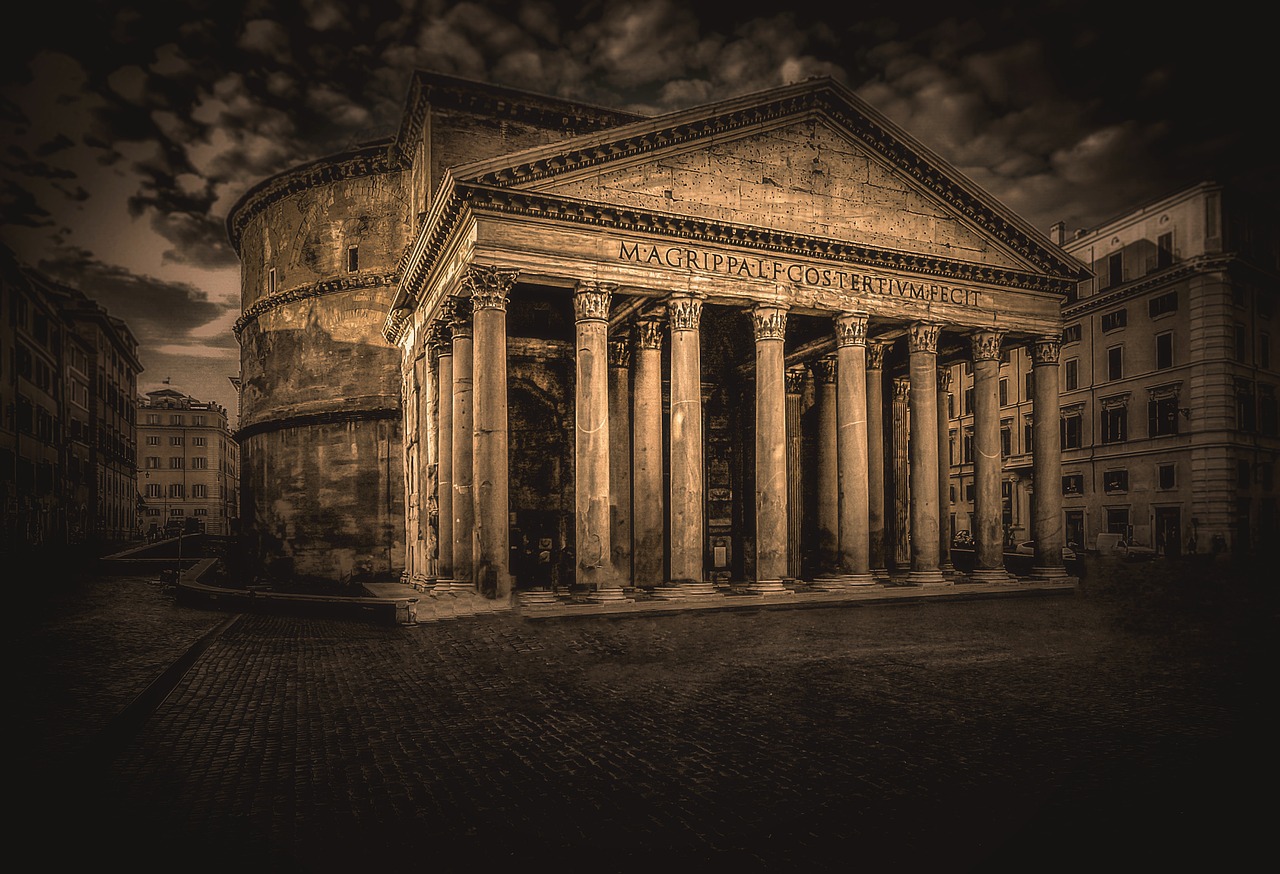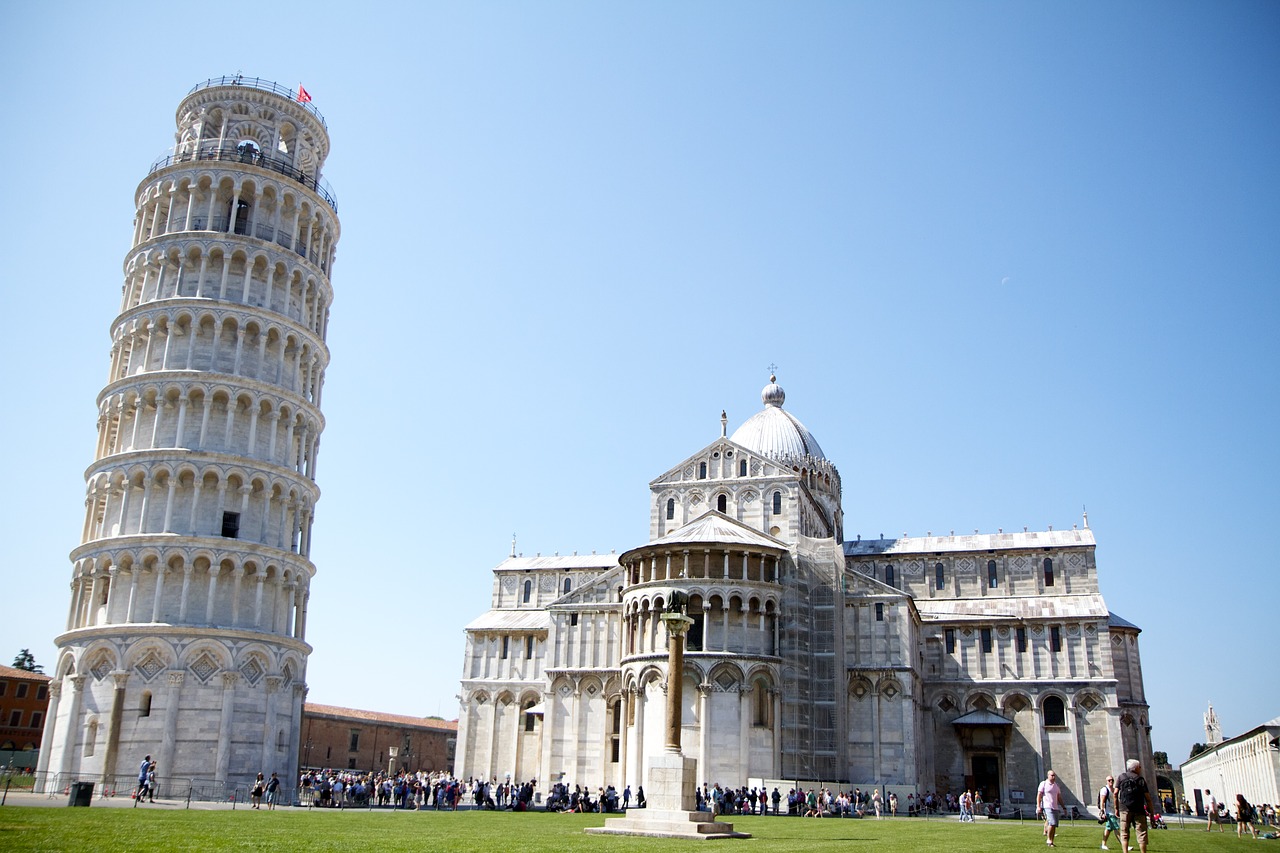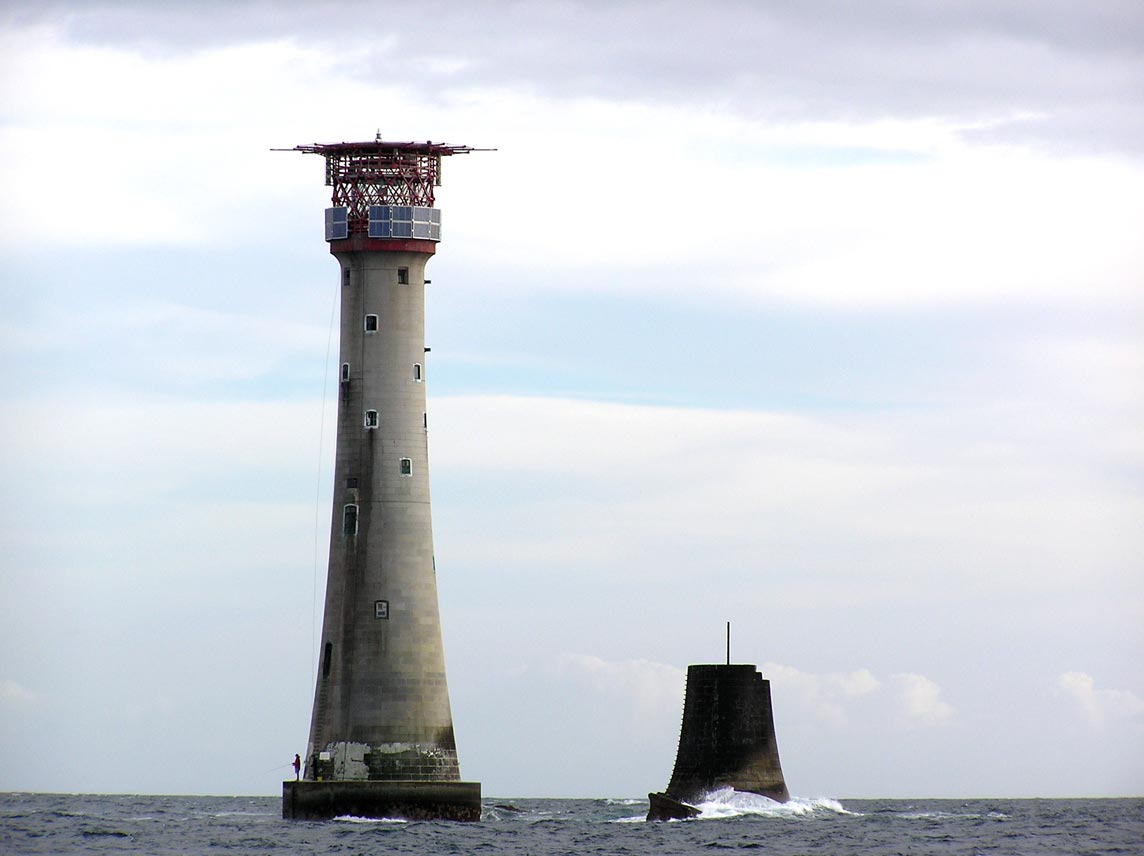I materiali dell'Architettura: Il Calcestruzzo - Terza Parte// Materials of Architecture: The concrete - Third Part [ITA - ENG]

CCO Creative Commons Pantheon, Roma

Ciao amici di steeemit,
l’articolo scorso abbiamo visto le origini e i primi impieghi del calcestruzzo e come questo si sia fortemente diffuso soprattutto in epoca romana. Ma abbiamo anche detto che questo materiale ha avuto, nel corso della sua storia, periodi di luce ma anche grandi periodi di buio, ovvero degli anni nei quali venne completamente abbandonato o comunque poco considerato fra i materiali da costruzione in circolazione.
Oggi proseguiamo il nostro cammino nella storia e vediamo come, seppur abbia avuto un grande periodo di disuso, il calcestruzzo ha saputo tornare prepotentemente sulle scene dell’architettura grazie ad un’ulteriore evoluzione che lo ha reso un materiale completamente nuovo e dalle molteplici e innovative proprietà e modalità d’uso!
Insomma, se volete sapere com’è andata non vi resta che proseguire nella lettura… signori, che la storia continui!

IL PERIODO “BUIO” DEL CALCESTRUZZO
Dopo anni caratterizzati dal grande successo nell’impiego di questo materiale, che lo hanno reso protagonista delle costruzioni del periodo romano, il futuro del calcestruzzo si proietta, lentamente ed in modo inesorabile, verso un grande periodo di buio, un declino che sembrerebbe destinato a segnare la fine di questa tecnologia costruttiva, salvo poi ritrovare grande lustro, molti secoli a venire, grazie ad una importantissima scoperta che gli donerà un’identità tutta nuova e, di conseguenza, un nuovo grandissimo potenziale.
- Il Medioevo
Nel corso degli anni del Medioevo il calcestruzzo attraversa un lungo periodo in cui viene praticamente dimenticato, al punto che anche la conoscenza della giusta composizione dell’opus caementicium, di cui si fece grande uso nella precedente epoca romana, sembra sia andata perduta.
Tuttavia esiste una testimonianza di grandi costruzioni di quel tempo, e precisamente della tradizione romanica, ovvero la Torre di Pisa, risalente alla seconda metà del XII secolo. La struttura della torre, una costruzione cilindrica cava con all’interno una scala a chiocciola, è realizzata in calcestruzzo monolitico con rivestimento, sia interno che esterno, in marmo.
- Il Rinascimento
La principale traccia della presenza del calcestruzzo in questo periodo storico è associabile alla figura del francese Philibert Delorme, grande esponente dell’architettura francese del suo tempo. Questo architetto fu, difatti, un forte sostenitore delle fondazioni in calcestruzzo.
VERSO UNA NUOVA IDENTITA’
- Il Settecento, un nuovo inizio
A seguito di una lunga fase che abbiamo definito “buia”, il Settecento segna un nuovo punto di svolta per la storia del calcestruzzo. Di fatto, siamo davanti a un'importante fase evolutiva nella conoscenza e nell'impiego dei materiali da costruzione. In questo periodo si sviluppa, infatti, un rinnovato interesse per questo materiale che porterà, a distanza di un altro secolo, alla rivoluzionaria scoperta del calcestruzzo armato, più comunemente noto come cemento armato, ovvero una delle grandi innovazioni della tecnica edilizia.
La scoperta del cemento armato si colloca tra la metà e la fine del XIX secolo, ma vi si arrivò grazie alle lunghe ricerche fatte sui leganti (calce e cemento) per tutto il Settecento, in Inghilterra e in Francia. Intorno alla metà di questo secolo, il noto Ingegnere John Smeaton inventa, casualmente, la calce idraulica dalla cottura di un calcare che presentava delle impurezze argillose, scoperta che diede origine ad una serie di sperimentazioni sulla cottura di miscele artificiali di calcare e argille.
Successivamente Smeaton scopre che è possibile garantire la presa della malta sott’acqua impiegando una certa quantità di argilla nel cemento, resistendo così all’acqua. Queste sperimentazioni portarono al successo per l’ingegnere con la costruzione, nel 1774, del Faro di Eddystone, in cui un miscuglio di calce viva, argilla, sabbia e scorie di ferro compresse, era impiegato sia per le fondazioni che per il legante che univa le pietre. Fu proprio questa nuova tecnica costruttiva che ispirò le sperimentazioni che seguirono.

Bene cari lettori, anche per questa sera abbiamo terminato, ma è proprio qui che la storia del calcestruzzo si fa avvincente: vedremo nel prossimo articolo come le sperimentazioni fatte per tutto il XVIII secolo porteranno all’affermarsi del cemento armato e vedremo altri nuovi sviluppi cui sarà destinato questo materiale dalle mille risorse, a partire dal primo agglomerato idraulico, ai nuovi studi sulla prefabbricazione… ma ho spoilerato anche troppo!
Qualora lo vogliate, vi aspetto al prossimo post e, nel frattempo, con consueto auspicio che abbiate gradito la mia lettura, non mi resta che salutarvi. Vi abbraccio tutti!
L'Ego dice: "Quando ogni cosa andrà a posto troverò la pace".
Lo Spirito dice: "Trova la pace e ogni cosa andrà a posto".

CCO Creative Commons La Torre di Pisa

Hi steeemit friends,
the last article we have seen the origins and the first uses of concrete and how this has become widespread especially in Roman times. But we also said that this material has had, in the course of its history, periods of light but also large periods of darkness, or the years in which it was completely abandoned or in any case little considered among the building materials in circulation.
Today we continue our journey through history and see how, even if it has had a long period of disuse, concrete has been able to return strongly to the architectural scene thanks to a further evolution that has made it a completely new material with many innovative features. properties and methods of use!
In short, if you want to know how it went you just have to continue reading... gentlemen, that the story continues!

THE "DARK" PERIOD OF THE CONCRETE
After years characterized by the great success in the use of this material, which made it the protagonist of the Roman period buildings, the future of concrete projects slowly and inexorably towards a great period of darkness, a decline that would seem destined to mark the end of this construction technology, but then find great luster, many centuries to come, thanks to a very important discovery that will give it a whole new identity and, consequently, a new huge potential.
- The middle Ages
During the Middle Ages, concrete went through a long period in which it was practically forgotten, to the point that even the knowledge of the right composition of the opus caementicium, which was widely used in the previous Roman period, seems to have been lost.
However there is a testimony of great constructions of that time, namely the Romanesque tradition, namely the Tower of Pisa, dating back to the second half of the twelfth century. The structure of the tower, a cylindrical hollow construction with a spiral staircase inside, is made of monolithic concrete with both internal and external marble cladding.
- The Renaissance
The main trace of the presence of concrete in this historical period is associated with the figure of the French Philibert Delorme, great exponent of French architecture of his time. In fact, this architect was a strong supporter of concrete foundations.
TOWARDS A NEW IDENTITY
- The eighteenth century, a new beginning
Following a long phase that we have defined as "dark", the eighteenth century marks a new turning point for the history of concrete. In fact, we are facing an important evolutionary phase in the knowledge and use of building materials. In this period, in fact, a renewed interest in this material developed which, after another century, will lead to the revolutionary discovery of the reinforced concrete, or one of the great innovations of the building technique.
The discovery of reinforced concrete is between the middle and the end of the nineteenth century, but it was reached thanks to the lengthy research done on the binders (lime and cement) throughout the eighteenth century, in England and France. Around the middle of this century, the well-known Engineer John Smeaton invents, by chance, the hydraulic lime from the cooking of a limestone that had clayey impurities, discovery that gave rise to a series of experiments on the firing of artificial mixtures of limestone and clays.
Subsequently Smeaton discovers that it is possible to guarantee the mortar taking under water by using a certain amount of clay in the cement, thus resisting the water. These experiments led to the engineer's success with the construction, in 1774, of the Eddystone Lighthouse, in which a mixture of lime, clay, sand and compressed iron slag was used both for foundations that for the binder that joined the stones. It was this new constructive technique that inspired the experiments that followed.

Well dear readers, even for this evening we have finished, but it is precisely here that the history of concrete becomes fascinating: we will see in the next article how the experiments made throughout the eighteenth century will lead to the emergence of the reinforced concrete and we will see other new developments for this material with a thousand resources, starting from the first plumbing, to new studies on prefabrication... but I spoiled too much!
If you want, I wait for the next post and, in the meantime, with the usual hope that you enjoyed my reading, I can only greet you. I embrace you all!
The ego says: "When everything goes right I will find peace"
The Spirit says: "Find peace and everything will fall into place"

CCO Creative Commons Faro di Eddystone